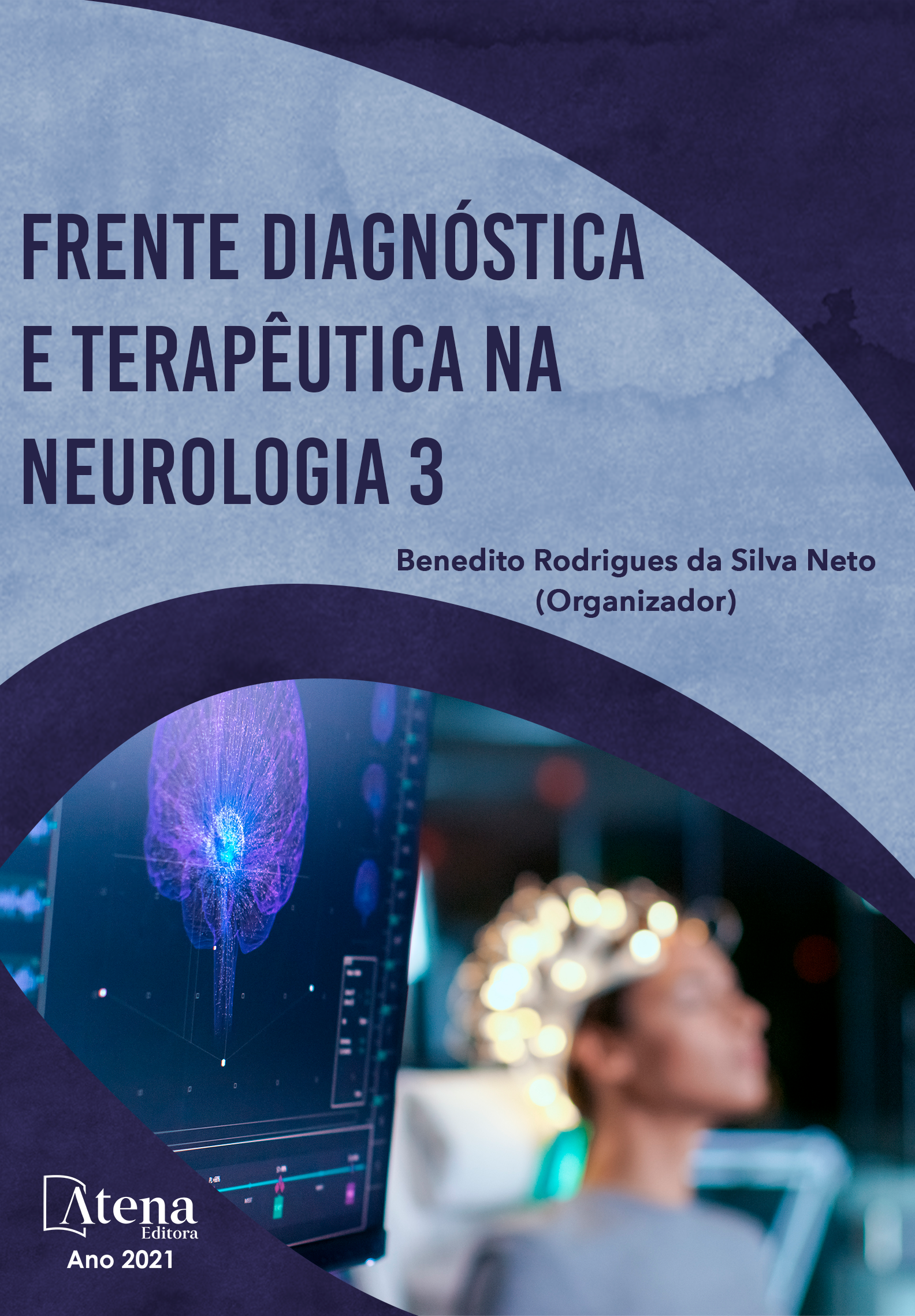
DESAFIOS DIAGNÓSTICOS NA DOENÇA DE PARKINSON EM PACIENTES JOVENS, COM A FORMA ACINÉTICO-RÍGIDA: RELATO DE CASO
A primeira menção à Doença de Parkinson foi feita no século XIX, caracterizada primariamente como “paralisia agitante”. Hoje, sabe-se que o achado característico é a bradicinesia associada à rigidez em roda denteada. A presença do tremor em repouso não é obrigatória para o diagnóstico dessa patologia. As características motoras da doença se dão em virtude da depleção da dopamina em decorrência da morte de neurônios dopaminérgicos da substância negra e inclusão de corpos de Lewy em neurônios remanescentes devido a fatores imunológicos, genéticos e ambientais. O presente estudo consiste em um relato de caso obtido durante acompanhamento em ambulatório de Neurologia. Trata-se de um homem, jovem, mecânico de motocicletas, sem comorbidades. Na situação, queixava-se de dificuldade progressiva, há 1 ano, na destreza de sua mão direita, principalmente com a escrita e manuseio de suas ferramentas de trabalho. Relata avaliações com diversos profissionais da saúde, tendo recebido inúmeros diagnósticos e tentativas de tratamento frustradas. Ao ser encaminhado ao neurologista para realização de eletroneuromiografia (ENMG), foi submetido a avaliação completa. Não foi constatada alterações à ENMG, porém o exame físico era sugestivo de Doença de Parkinson, na forma acinético-rígida. O paciente apresentou hipertonia muscular e diminuição do balanço passivo à marcha à direita, bradicinesia e rigidez muscular em roda denteada do mesmo lado, além da ausência de tremores. O diagnóstico levantado foi confirmado por Cintilografia Cerebral com TRODAT. Mantido em acompanhamento ambulatorial. A doença evoluiu para o hemicorpo esquerdo, entretanto mantendo desde o início maior acometimento à direita. Iniciado tratamento medicamentoso com Pramipexol e Amantadina, com bom controle sintomático. Esse caso representa um grande desafio para o médico, pois trata-se de uma modalidade da Doença de Parkinson pouco frequente e de apresentação extremamente precoce, gerando um desafio diagnóstico, pela gama de diagnósticos diferenciais.
DESAFIOS DIAGNÓSTICOS NA DOENÇA DE PARKINSON EM PACIENTES JOVENS, COM A FORMA ACINÉTICO-RÍGIDA: RELATO DE CASO
-
DOI: 10.22533/at.ed.1542113019
-
Palavras-chave: Parkinson, diagnóstico, jovem, subtipos, acinético-rígida
-
Keywords: Parkinson, young, diagnoses, subtypes, akinetic-rigid
-
Abstract:
The first mention of Parkinson's Disease was in the 19th century, characterized primarily as "agitating paralysis". Today, it is known that the key characteristic finding is bradykinesia associated with cogwheel rigidity. The presence of tremor at res tis not mandatory for the diagnosis of this pathology. The motor characteristics of the disease are a result of dopamine depletion due to death of dopaminergic neurons of the substantia nigra, and inclusion of Lewy bodies in remaining neurons due to immunological, genetic and environmental factors. The present study of Parkinson's Disease consists of a case report obtained during a follow-up at a neurology outpatient clinic. A young man, a motorcycle mechanic without comorbidities, complained of progressive difficulties in the dexterity of his right hand, mainly with writing and handling of his work tools. He sought evaluations with several health professionals, and had received numerous diagnoses with failed treatment attempts. Upon being referred to the neurologist for electroneuromyography (ENMG), he underwent a complete evaluation. There were no changes to the ENMG, but the physical examination was suggestive of Parkinson's disease, in the akinetic-rigid form. The patient presented muscular hypertonia and decreased passive balance on the right gait, bradykinesia, and cogwheel rigidity on the same side, in addition to the absence of tremors. This diagnosis was further confirmed by TRODAT brain scintigraphy. Documented in further outpatient follow-ups, the disease progressed to the man's left upper limb, however mantaining greater involvement on the right from the beginning. Treatment started with Premipexol and Amantadine, achieving good symptomatic control. This case represented a big challenge for doctors, since it is an uncommon modality of Parkinson's disease and extremely early presentation, generating a diagnostic challenge, due to the range of differential diagnoses.
-
Número de páginas: 15
- Jefferson Carlos de Faria Soares
- Jessica Bravin Ferrari
- Rafael Andrade Diniz
- Marco Antônio Anacleto Rolim
- Lorenzo Paganini Merisio Fantin
- Anna Luísa Pereira e Silva
- Ana Clara Siman Andrade
- Lívia Santos Reis
- Leandra Amarante Rodrigues Ferreira
- Victor Gabriel Alves de Faria
- Luana Ribeiro Silveira


